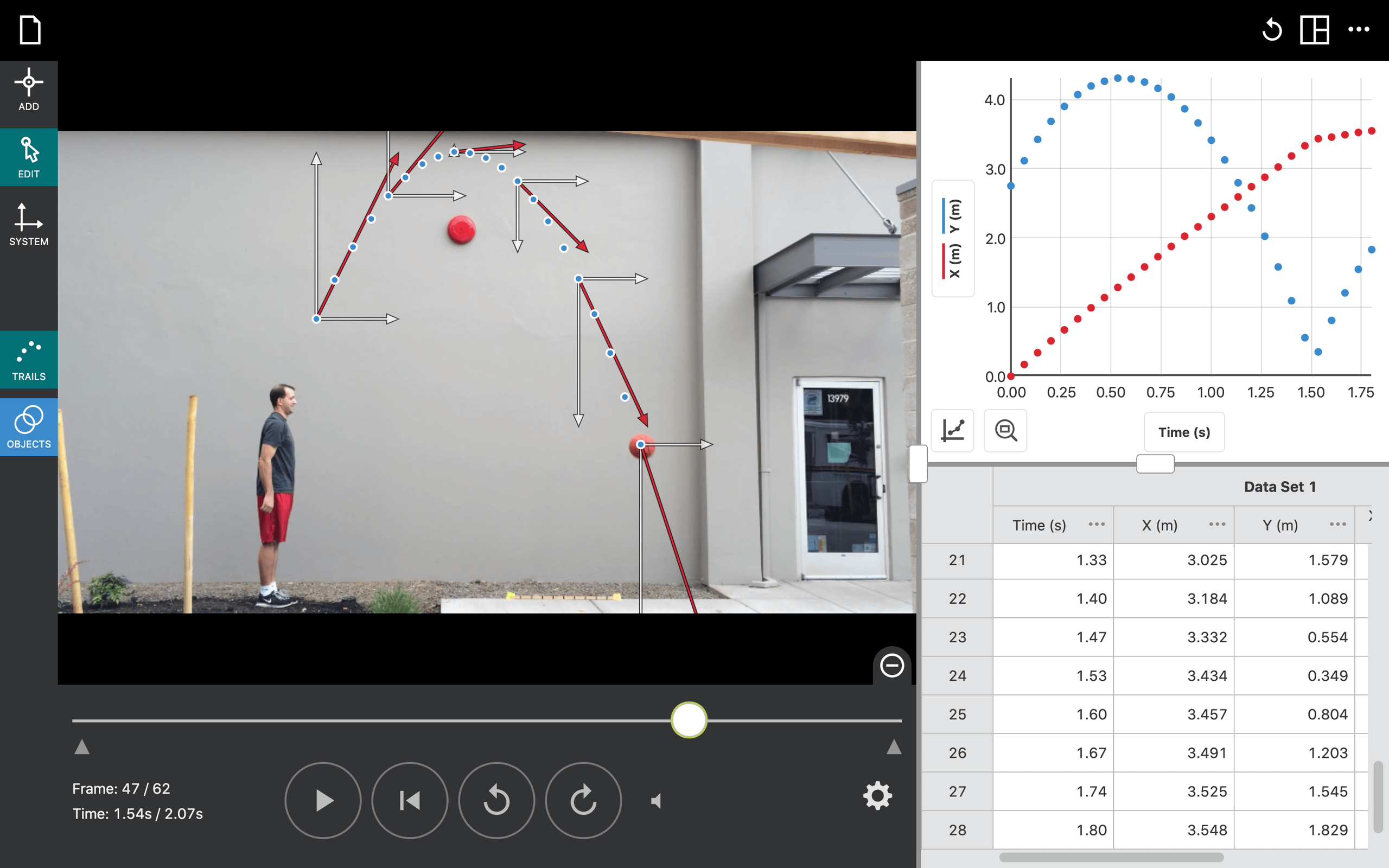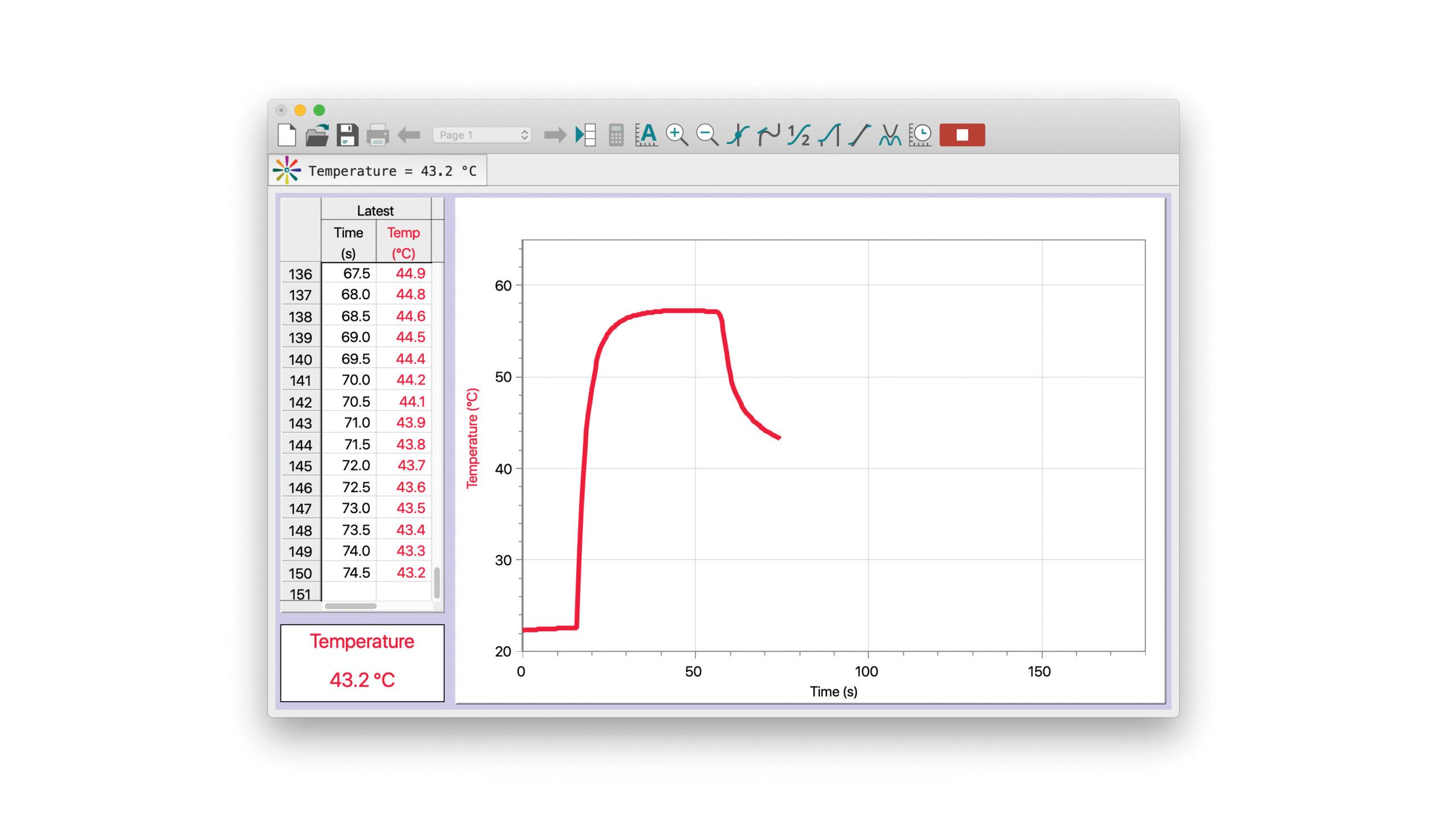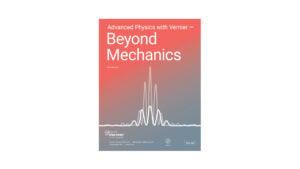Introduction
No doubt you have experienced how the pitch of a car horn or siren changes as it approaches and then passes you. Because study of this effect with sound waves is difficult to visualize, one typically examines the Doppler effect with water waves in a ripple tank. Measurements of frequency and wavelength are easier to make, and changes in the waves due to the motion of the source are easier to observe. In this experiment, you will develop a causal model to account for the change in pitch and an expression relating the shifted frequency to the speed of the object and of the wave in the medium.
Objectives
In this experiment, you will
- Use video analysis of the waves produced by a stationary source to determine the frequency, wavelength, and velocity of the waves in water.
- Perform similar analysis to determine the effect of a moving source on these quantities
- Determine the shifted frequency an observer would detect as the source approaches or recedes.
- Derive an expression relating the shifted frequency to the speed of the object and of the wave in the medium.
Sensors and Equipment
This experiment features the following sensors and equipment. Additional equipment may be required.
Option 1

Option 2

Correlations
Teaching to an educational standard? This experiment supports the standards below.
- International Baccalaureate (IB)/Physics
- 9.5 Doppler effect
Ready to Experiment?
Ask an Expert
Get answers to your questions about how to teach this experiment with our support team.
- Call toll-free: 888-837-6437
- Chat with Us
- Email support@vernier.com
Purchase the Lab Book
This experiment is #5 of Advanced Physics with Vernier — Beyond Mechanics. The experiment in the book includes student instructions as well as instructor information for set up, helpful hints, and sample graphs and data.

